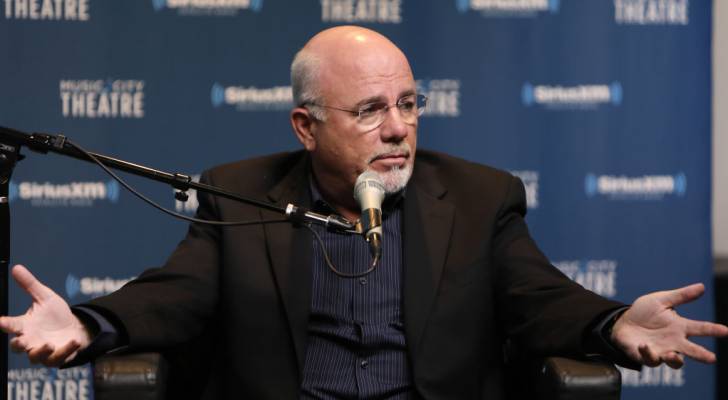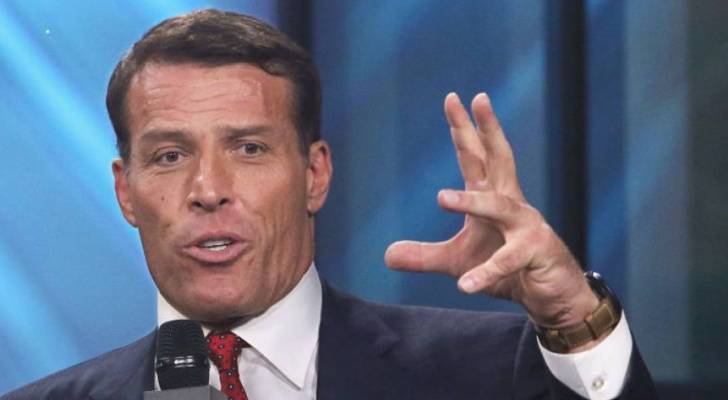Do you need a 6-figure income to retire early? No — here are 5 money-growing moves for the under-$100K set


We adhere to strict standards of editorial integrity to help you make decisions with confidence. Some or all links contained within this article are paid links. Think retiring early is out of reach because you don’t make a six-figure salary? It takes careful planning and discipline, but that doesn’t mean it’s impossible. According to the […]
My wife and I just closed on our dream home — only to realize after all the bills are paid, we’re left with $200/month while she’s on mat leave. We have $80K in savings, but is it enough?


We adhere to strict standards of editorial integrity to help you make decisions with confidence. Some or all links contained within this article are paid links. Picture this: A young couple has just closed on their dream home. They’re debt-free and have $80,000 in savings. The wife is on maternity leave, and after crunching the […]
Are you finally rich in America? Here are the top 5 reasons you should tell absolutely no one (not even your closest friends)


We adhere to strict standards of editorial integrity to help you make decisions with confidence. Some or all links contained within this article are paid links. If you’ve managed to accumulate some wealth, showing it off can often be tempting. After all, what’s the point of success if you can’t indulge in it? Don’t miss […]
Tony Robbins just blasted this 1 popular approach to Social Security in America — calls it ‘disaster’ that seriously risks running out of cash. Are you falling into this trap, too?
We adhere to strict standards of editorial integrity to help you make decisions with confidence. Some or all links contained within this article are paid links. Tony Robbins, the well-known motivational speaker, warns that the most popular approach to Social Security is also the most dangerous. On his blog, he says relying on the program […]
Dave Ramsey warns nearly 50% of Americans are making 1 big Social Security mistake — here’s what it is and 3 simple steps to fix it ASAP


We adhere to strict standards of editorial integrity to help you make decisions with confidence. Some or all links contained within this article are paid links. With over 30 years of fielding listener calls and cultivating a devoted audience, Dave Ramsey has become one of the rare experts truly in tune with the nation’s financial […]
Think you’re ‘middle class’ in America? This income level says you’re probably wrong


We adhere to strict standards of editorial integrity to help you make decisions with confidence. Some or all links contained within this article are paid links. The term ‘“middle class” is often discussed but rarely defined. It’s a term the majority of Americans would use to define themselves, yet most people don’t know whether their […]
There’s a new ‘magic number’ Americans say they’ll need to retire comfortably — and it’s a shocking change since 2024. Here’s how to reach it ASAP without turning to sorcery


We adhere to strict standards of editorial integrity to help you make decisions with confidence. Some or all links contained within this article are paid links. People often seek easy answers and shortcuts. This is not always a flaw, but a form of efficiency. So, it’s no surprise that many want a magic answer to […]
US boomers are using 2 top secret strategies to spend more in retirement — and it’s earning them fat monthly cash flow while nest eggs stay protected. Are you still using the ‘old’ 4% rule?
We adhere to strict standards of editorial integrity to help you make decisions with confidence. Some or all links contained within this article are paid links. For decades, people planning for retirement have relied on the guideline that retirees should withdraw 4% of their investment portfolio every year in retirement, with the option to make […]
How can I become a millionaire on a low income? With these 4 steps it might be easier than you think


We adhere to strict standards of editorial integrity to help you make decisions with confidence. Some or all links contained within this article are paid links. It’s easy to assume that wealth and income are deeply intertwined. After all, how does anyone become wealthy without a lifetime of earning a six-figure salary? But data gathered […]
Tony Robbins issues dire warning about retirement — calls on Americans to get ‘head out of the sand’ and says Social Security isn’t enough. Here’s the ‘ultimate power’ you need now


We adhere to strict standards of editorial integrity to help you make decisions with confidence. Some or all links contained within this article are paid links. America’s Social Security program is both popular and woefully underfunded. Experts have been warning that the social safety net millions of Americans rely on is on the verge of […]